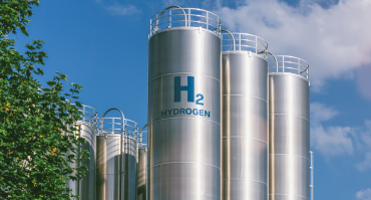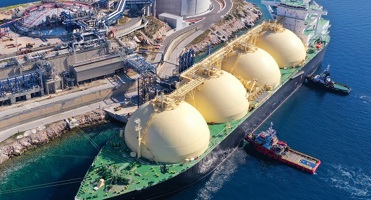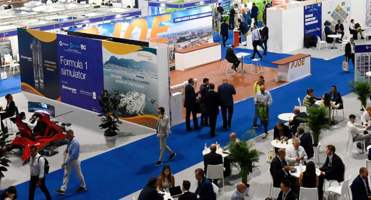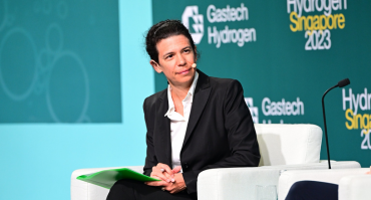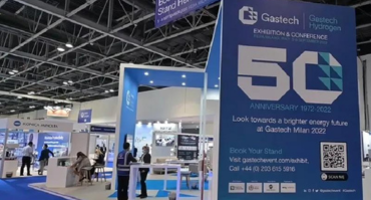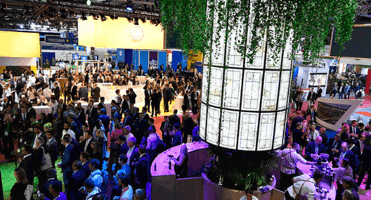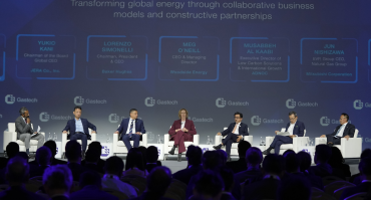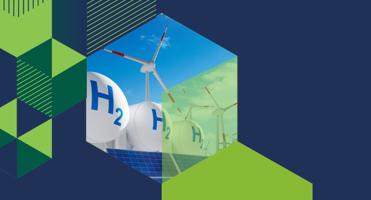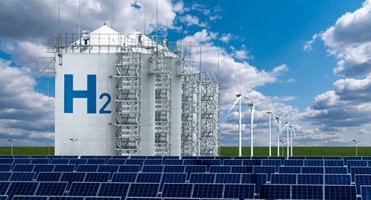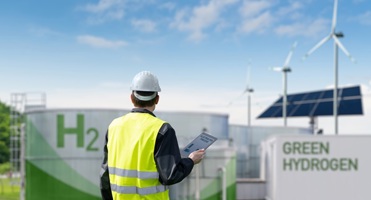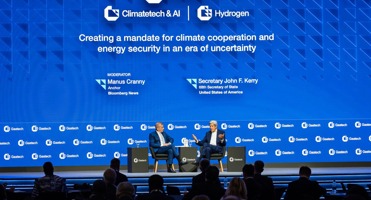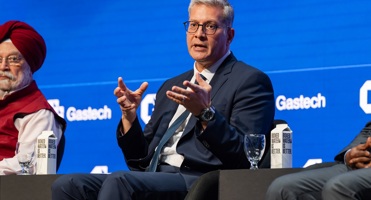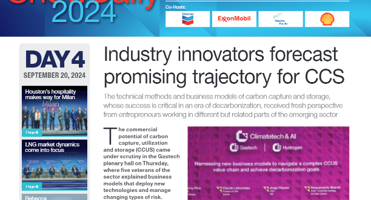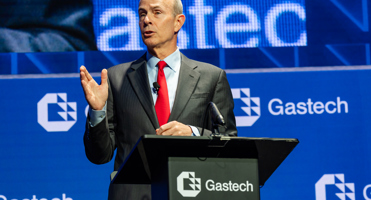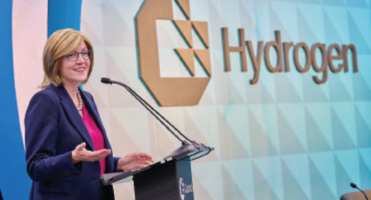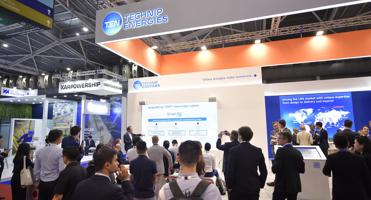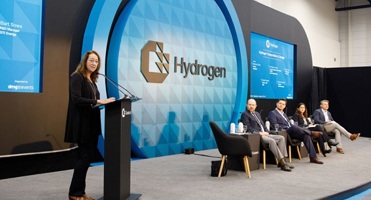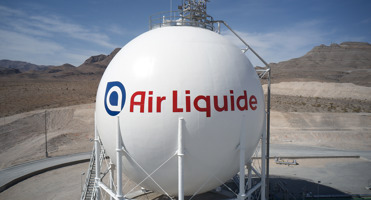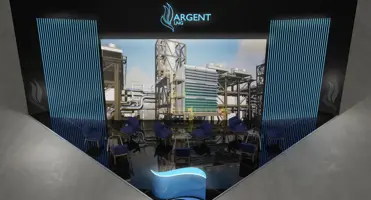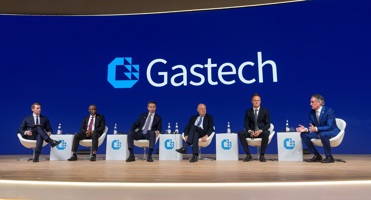In today’s rapidly evolving energy landscape, resilience is no longer a luxury, it’s a necessity. As nations grapple with the dual challenge of decarbonisation and energy security, gas power generation continues to play a pivotal role in stabilising grids, enabling industrial growth, and supporting the integration of renewables.
According to the International Energy Agency’s (IEA) Global Energy Review 2025, global gas demand reached an all-time high in 2024, with over three-quarters of growth driven by emerging markets and developing economies.[1] Industry and power generation accounted for 75% of this increase, underscoring gas’ critical role in maintaining a reliable electricity supply amid economic expansion and extreme weather events.
Coal to gas shift
While comprehensive global figures are limited, industry data and regional trends also indicate that dozens of coal-fired power stations were converted to natural gas in 2023 and 2024, particularly across Europe and North America. This shift is driven by the need to reduce emissions, improve grid flexibility, and extend the life of existing infrastructure. According to the U.S. Energy Information Administration and the International Energy Agency, fuel-switching and retrofitting coal assets with gas turbines have become a preferred strategy for operators seeking to balance decarbonisation with energy security.
In Poland, Rybnik power station operates with a Siemens Energy SGT5-9000HL gas turbine, delivering CO2 emissions that are three times lower than traditional coal-fired units and dust emissions reduced to nearly zero.[2]
In the UK, the combined-cycle gas turbine installed at Keadby2 in North Lincolnshire replaced the coal-fired power station which operated for over 30 years and generated around 360MW. In contrast, Keadby2 now delivers 893MW, nearly 2.5 times the power.[3]
The changing role of LNG
As traditional gas supply routes shift, particularly in Europe, imported LNG is playing a greater role in energy supply. At the same time, oil and gas decarbonisation is front of mind for many suppliers. Projects are designed with lower emissions, electrification at their core and with future fuel flexibility.
From upstream extraction to downstream processing, gas turbines power the infrastructure behind every LNG cargo. They drive compressors and pumps, energize floating production storage and offloading (FPSO) units, and support electrification across oil and gas operations. Without them, hydrocarbons don’t move—and without hydrocarbons, much of the world stands still.
Floating LNG (FLNG) exemplifies the agility of gas infrastructure. With global FLNG capacity forecast to reach 55 million tonnes per annum by 2035, nearly quadrupling from 2024 levels, this technology is unlocking previously stranded reserves.[4] Siemens Energy supports FLNG with high-efficiency turbines like the SGT-750, offering over 99% uptime and fast restart capabilities. The mobility and modularity of FLNG vessels make them ideal for remote regions, reducing capital expenditure and accelerating time-to-market.
FPSOs further demonstrate gas power’s versatility. These floating units, often deployed in deepwater environments, rely on mechanical drive systems and electrification solutions to ensure safe, efficient, and low-emission operations. By replacing diesel-driven systems with gas-powered alternatives, Siemens Energy is helping operators reduce their carbon footprint while enhancing operational reliability.
Preparing for a low-carbon future
Looking ahead, efforts to decarbonize industrial energy systems have taken a notable step forward with the successful demonstration of hydrogen-fueled gas turbines. Utilising capabilities in oil and gas can help to accelerate the application of e-fuel technologies. These fuels offer a pathway to decarbonise sectors that are hard to electrify, such as aviation and shipping.
At the Smurfit Kappa site in France, the HYFLEXPOWER project showed that a Siemens Energy SGT-400 industrial turbine could operate using 100% renewable hydrogen produced on-site via a 1MW electrolyzer. This milestone followed earlier tests using a 30% hydrogen blend and highlights the potential for retrofitting existing turbines to run on hydrogen.[5] In a separate initiative, Siemens Energy is working with SSE in the UK to adapt its SGT5-9000HL turbine for full hydrogen operation, aiming to maintain high performance while eliminating carbon emissions.[6]
In a world of rising demand and increasing uncertainty, gas power is not just a bridge, it’s a foundation, enabling resilience and powering transformation at every step.
References:
[2] https://energydigital.com/renewable-energy/siemens-and-pge-accelerating-polands-energy-transition




